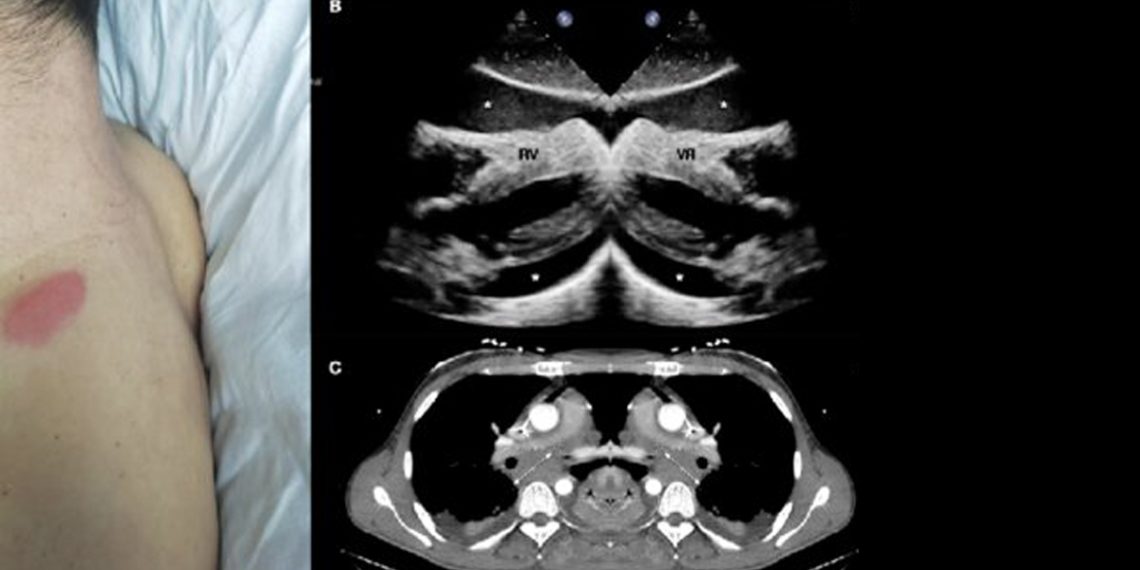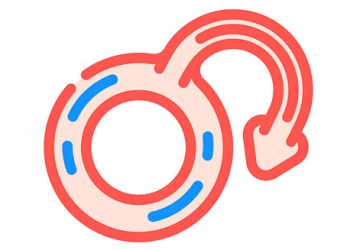Complications and Recovery Outlook of Acute Lymphoblastic Leukaemia.
Complications
Even with treatment, ALL can lead to complications:
- Infections due to weakened immunity
- Bleeding or anaemia
- Organ damage from leukaemia or chemotherapy
- Relapse
- Fertility issues (long-term side effect)
- Learning difficulties in children (especially after CNS treatment)
Immediate medical attention is required if fever, bleeding, or mental confusion occurs during treatment.
Recovery Outlook
- Children: Cure rates exceed 85% in developed countries and improving in South Africa
- Adults: Lower survival, around 35–40%, but increasing with targeted therapies
Survivorship Care
After treatment, patients require:
- Regular blood tests and bone marrow monitoring
- Cardiac and fertility follow-up (due to chemo effects)
- Counselling and school/work reintegration
- Vaccination catch-ups
In South Africa, many survivors face post-treatment access barriers, especially in rural areas. Strengthening follow-up care through mobile health and outreach clinics is key.
Complications and Recovery Outlook of Acute Lymphoblastic Leukaemia | Final Word
Acute Lymphoblastic Leukaemia is a treatable and often curable condition. Early diagnosis and access to structured care are life-saving. Whether you’re a parent, patient, or caregiver, understanding the signs and treatment journey can make all the difference.
Symptoms and Warning Signs of Acute Lymphoblastic Leukaemia


